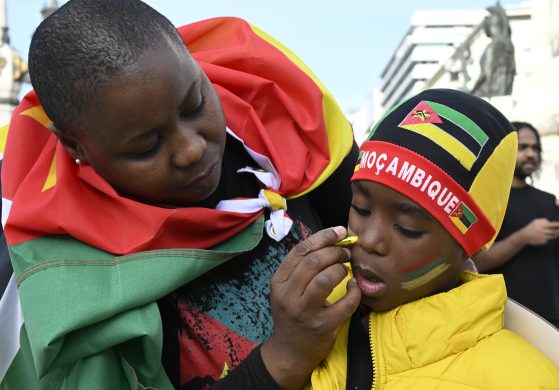A dramatically lower number of Swazi teenage girls are being infected by HIV than was previously estimated, suggesting a turning point in the battle against HIV/AIDS in Swaziland, a country with the worlds highest HIV infection rates, a new report has revealed.
The findings in the report, “A Baseline Study on HIV Risk Factors”, commissioned by the UN Childrens Fund (UNICEF) are derived from interviews and blood tests of over 1.000 Swazis in two rural areas and revealed that only six percent of girls aged from 15 to 19 were found to be HIV-positive, with most of the HIV infections occurring among older girls, reports IRIN.
– This is the first time we have had data from a scientifically accurate survey of randomly selected households. It confirms some trends we had suspected, but which were belied by previous HIV estimates, said Dr Alan Brody, country representative for UNICEF in the tiny South African nation..
– This is different from anything that has been seen before. The conventional wisdom is that many more girls were infected, he added.
The study was prompted by the results of the governments 2002 sero-surveillance study, which estimated that 32,5 percent of teenage girls between the ages of 15 and 19 were HIV-positive.
The government findings appeared to contradict progress thought to have been achieved by NGOs dealing with young Swazis.
– We were baffled by the contradiction between the statistics and what we saw happening on the ground. The problem is that all the sero-surveillance data came from pregnant women, and estimates for other demographics was based on that. Because 40 percent of 20 year-old pregnant women were tested HIV positive, this suggested great havoc was taking place in the girls teenage years, Brody said.
Nevertheless, the new baseline survey found a 40 percent HIV-prevalence rate among older girls, from 19 years upwards, which matched the sero-surveillance study results.
Analysts have attributed the decrease in numbers to the differing attitudes towards AIDS between older and younger girls.
According to a 2002 focus group in the Northern Hhohho region, older youth, who became sexually active in the late 1990s, took either a fatalistic attitude toward the disease by assuming they were infected and nothing could be done, or a dismissive and conspiratorial attitude by saying the disease was overblown or an intentional plan to eradicate Africans.
Younger teenagers who had yet to become sexually active wanted as much information as they could get to avoid infection.
– Our hypothesis is that around 2001 we hit a turn-around point, and our data confirms this. Older teens had been sexually active for four or five years before AIDS education began to bear fruit. They were also victims to the early AIDS message that if you have sex once without a condom, you die, Brody explained adding:
– Younger teens grew up attending the funerals of family members and friends who died of AIDS, and they knew the disease was real. They had also heard there are ways to avoid AIDS.
Interviewers found high awareness levels of HIV/AIDS, as well as knowledge of methods to avoid infection.
Kilde: FN-bureauet IRINnews















